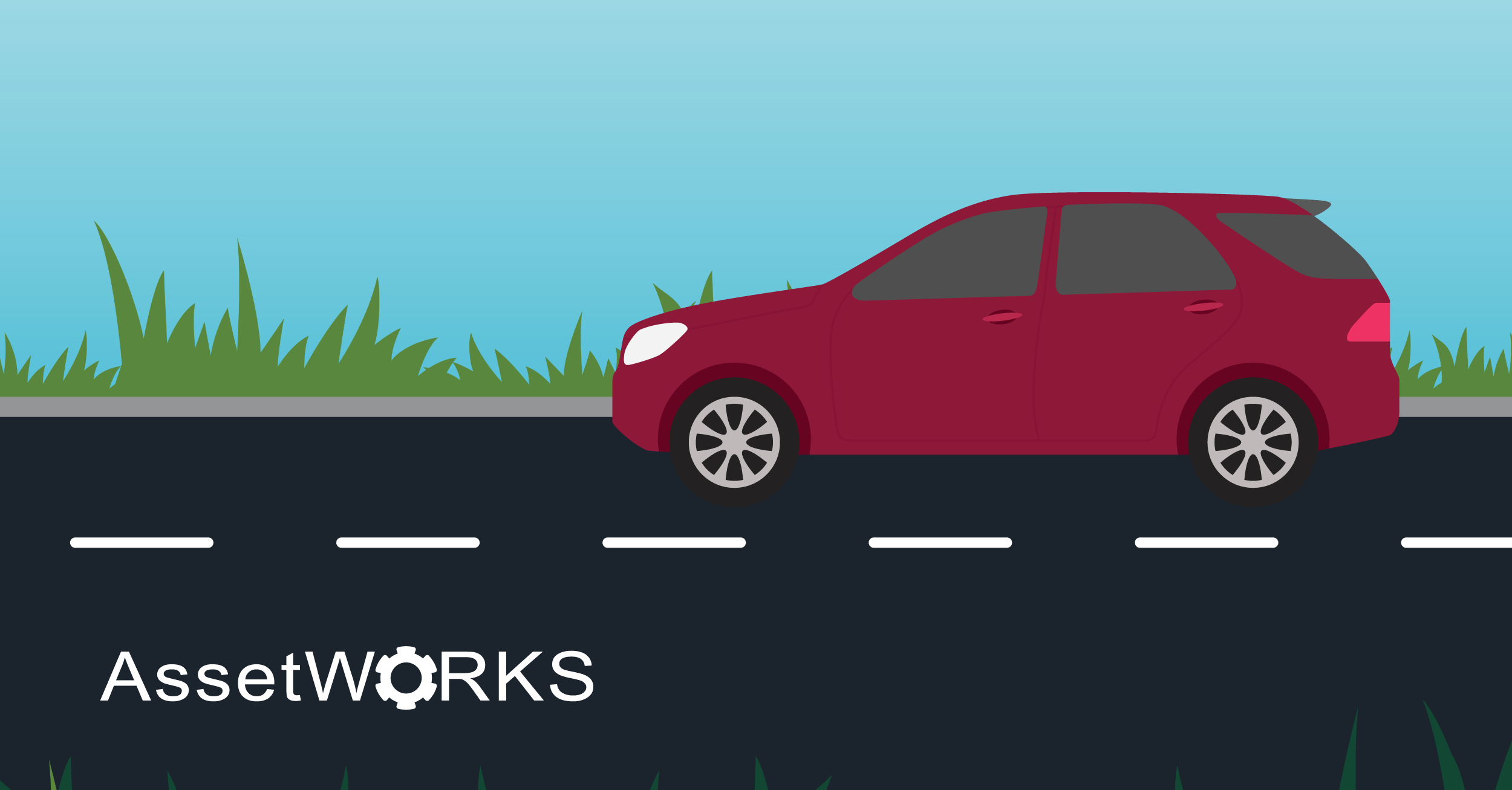As your fleet size grows, so does every other part of your business and data management. Suddenly, questions about your budget breakdowns for vehicle replacement, resource allotment, personnel, and more start to add more zeroes on the end. Your spreadsheets add tables, tabs, sheets, and rows as far as the eye can see. Your coworkers might even make jokes that you are “up to your ears” in data and spreadsheets. So, what can you say when someone asks you “What does your fleet vehicle really cost?”
The breakdown of vehicle expenses and fleet budgeting has never been as massive and yet spread thin, as it is in today’s world. Let’s look at a typical, modern-day breakdown of a large city fleet budget:
Depreciation (53%)
Depreciation is the single largest expense for fleets. It represents the decline in a car’s value throughout its useful life. A vehicle typically loses 15-20% of its value each year.
Fuel (15%)
Fuel keeps the fleet in operation and it’s one of the hardest costs to predict because the price is controlled by so many factors. In today’s world, this is further complicated (and also assisted) by the proliferation of hybrids, plug-in electric hybrids, and electric vehicles (EVs).
Cost of Money/Interest (9%)
The interest required for financing fleet vehicles can be substantial and fluctuate with market trends.
Maintenance (9%)
Maintenance costs include all preventive and unscheduled maintenance, as well as downtime. Most fleets include the labor and parts necessary to keep the fleet operational.
Taxes & Licensing (6%)
Taxes must be paid when a vehicle is purchased. Licensing fees may be considered as “operational” since they are often recurring charges for vehicles in service.
Insurance/Collision Repair (5%)
Insurance costs can be estimated each year, but collision and accident costs can be hard to predict.
Administration (3%)
Administrative costs can include procurement and disposal expenses, as well as transaction costs and indirect expenses of managing a fleet.

Understanding Life-Cycle Costs
To begin to understand life-cycle costs for your fleet vehicles, you have to first imagine your costs as divided into two categories: ownership and operations. Some of your costs are only related to things like initial purchasing costs, longevity costs, and interest. On the other hand, some of your costs only pertain to fuel, maintenance, repairs, and training. Let’s look at these two categories in a little more detail:
Cost of Ownership
- Procurement costs:
- Time to spec the vehicles or equipment needed
- Invoice costs and transaction costs
- Warranty or extended warranty costs
- Delivery costs
- Depreciation
- Decrease in an asset’s value over its lifetime
- Fixed costs
- Downward cost trend (high purchase price) as time progresses
- Interest
- Inflation
- Disposal Costs
Cost of Operations
- Operations
- Fuel, lubricants, etc.
- Maintenance
- Scheduled and unscheduled
- Excludes crash and operator damage
- Downtime
- Vehicle not available for service
- Cost of spare/replacement asset
- Obsolescence
- Part/equipment becomes obsolete
- Functional/technological obsolesce
- Operator training
- Cost of inventory
- Part/supply availability
Understanding the true cost of a vehicle or asset, including upfront costs and ownership costs, can help you make the most of your budget and help your fleet run more efficiently. By now, you’ve reached this point and you’re probably thinking: “Great, now that I know of all of this data I am supposed to track, what do I do next?” Well, you could make sure that you are accurately tracking all of that information in spreadsheets, but that would likely become a problem and end up with you back in the scenario that started this blog. A truly integrated life-cycle cost analysis solution is likely your best bet. It covers cradle-to-grave expenditures and datasets for your assets. At the same time, it integrates with ERP software and generates reports and visual representations that will help you make the best decisions for your fleet. Finally, you can tell your coworkers exactly how much that vehicle really costs.












